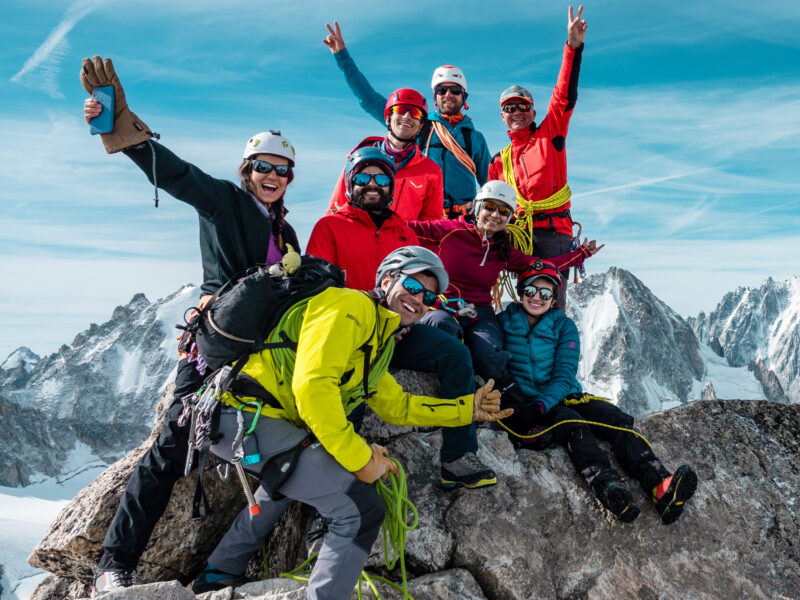BY Rami Rasamny | June 13 2024
Are There Still Glaciers on Kilimanjaro? Understanding the Impact of Climate Change
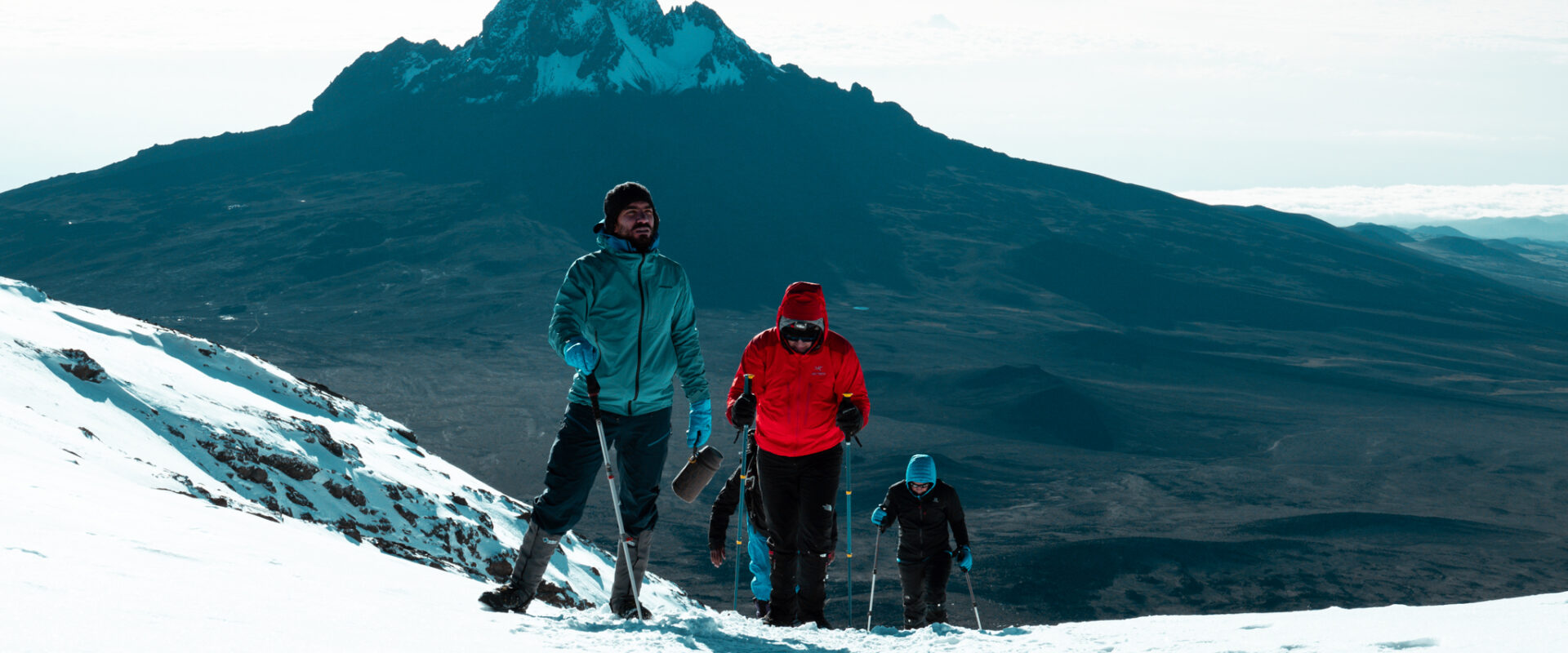
Kilimanjaro, Africa’s tallest peak, has long been renowned for its majestic glaciers crowning its summit. However, the question that lingers in the minds of many is: Are there still glaciers on Kilimanjaro? The answer is yes, but their existence is increasingly threatened by the effects of climate change.
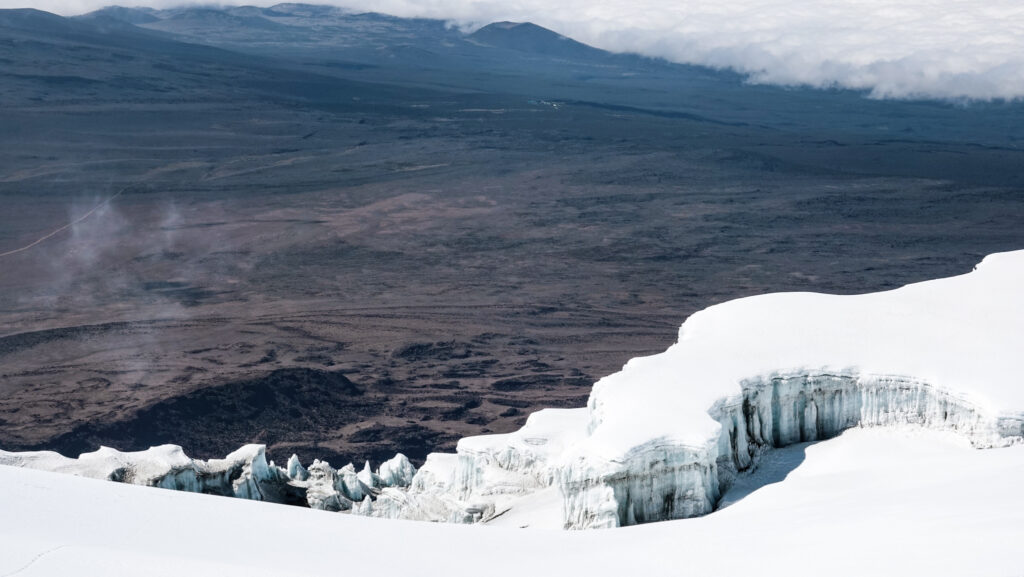
For centuries, the glaciers atop Kilimanjaro have captivated explorers, scientists, and adventurers alike. These glaciers have been a vital source of water for surrounding communities and ecosystems, providing a crucial lifeline in an otherwise arid region. However, the relentless march of climate change has taken its toll on these iconic ice formations.
Recent studies and reports have highlighted the alarming rate at which Kilimanjaro’s glaciers are receding. According to research published in the Proceedings of the National Academy of Sciences, Kilimanjaro’s glaciers have lost more than 85% of their ice cover since 1912, with the rate of decline accelerating in recent decades [1].
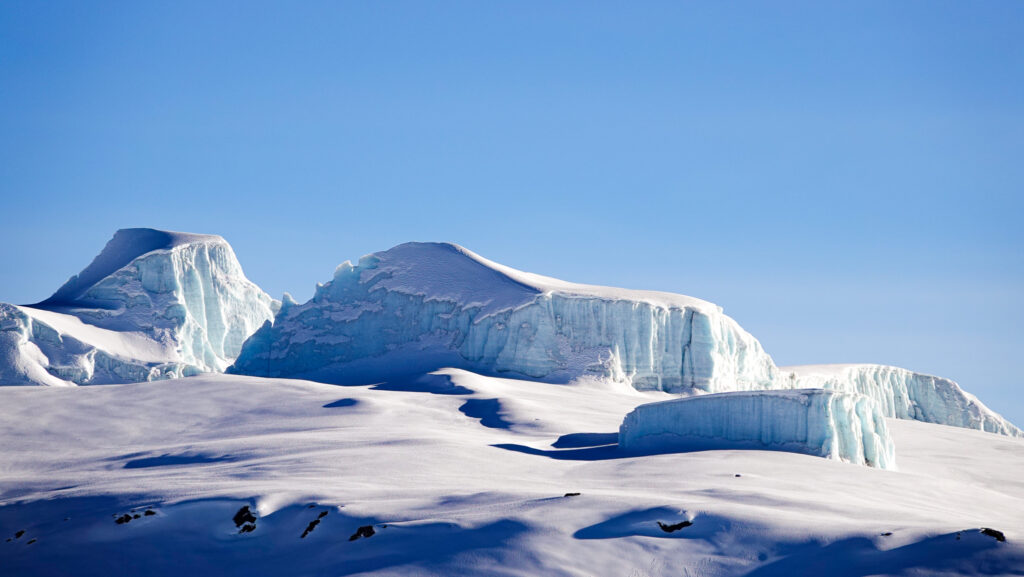
The primary driver behind this rapid glacial retreat is climate change. Rising temperatures have led to increased melting rates, while changes in precipitation patterns have further exacerbated the situation. The Intergovernmental Panel on Climate Change (IPCC) projects that if current trends continue, Kilimanjaro could be devoid of ice within a few decades [2].
The loss of Kilimanjaro’s glaciers has far-reaching implications for the region’s ecosystems and communities. The reduction in glacial meltwater threatens water supplies for millions of people who rely on the mountain’s runoff for agriculture, drinking water, and hydropower generation. Additionally, the disappearance of these ice formations could disrupt local weather patterns, leading to shifts in rainfall and temperature regimes.
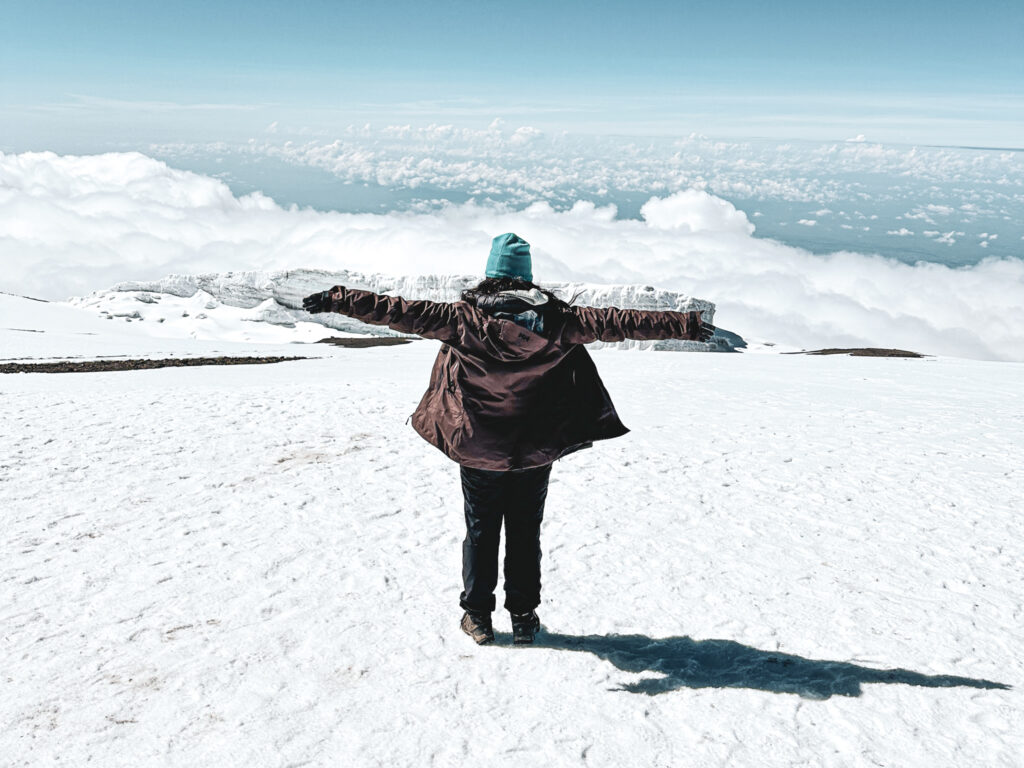
Despite these challenges, efforts are underway to monitor and mitigate the impacts of climate change on Kilimanjaro’s glaciers. Scientists are using advanced satellite imagery and monitoring techniques to track changes in ice mass and volume over time. Conservation organizations and local communities are also implementing measures to reduce carbon emissions and protect critical watersheds.
While there are still glaciers on Kilimanjaro, their future remains uncertain. The ongoing effects of climate change pose a significant threat to these iconic ice formations, highlighting the urgent need for global action to address the root causes of environmental degradation. As we strive to safeguard the natural wonders of our planet, the fate of Kilimanjaro’s glaciers serves as a poignant reminder of the profound impacts of human-induced climate change.
Sources:
- Thompson, L.G., Mosley-Thompson, E., Davis, M.E. et al. “Kilimanjaro ice core records: evidence of Holocene climate change in tropical Africa.” Proceedings of the National Academy of Sciences 103, 5923–5928 (2006).
- Intergovernmental Panel on Climate Change (IPCC). “Climate Change 2021: The Physical Science Basis. Contribution of Working Group I to the Sixth Assessment Report of the Intergovernmental Panel on Climate Change.” Cambridge University Press, 2021.
About The Author
Rami Rasamny is the founder of Life Happens Outdoors, a premium adventure travel community dedicated to transforming lives through curated outdoor experiences. A mountaineer and entrepreneur, Rami has led teams on some of the world’s most challenging peaks, from the Alps to the Himalayas. His mission is to make adventure accessible, transformative, and safe for all who seek to push their limits and Come Back Different.
About Life Happens Outdoors
At Life Happens Outdoors, we believe in the power of nature to transform lives. As proud members of the Adventure Travel Trade Association (ATTA) and the World Travel & Tourism Council (WTTC), our team of certified guides and outdoor professionals is committed to the highest standards of safety, sustainability, and excellence.
Discover more about our story and mission on our Meet LHO page, or explore our curated adventures such as the Tour du Mont Blanc Trek, the Climb of Kilimanjaro, and Chasing the Northern Lights.












